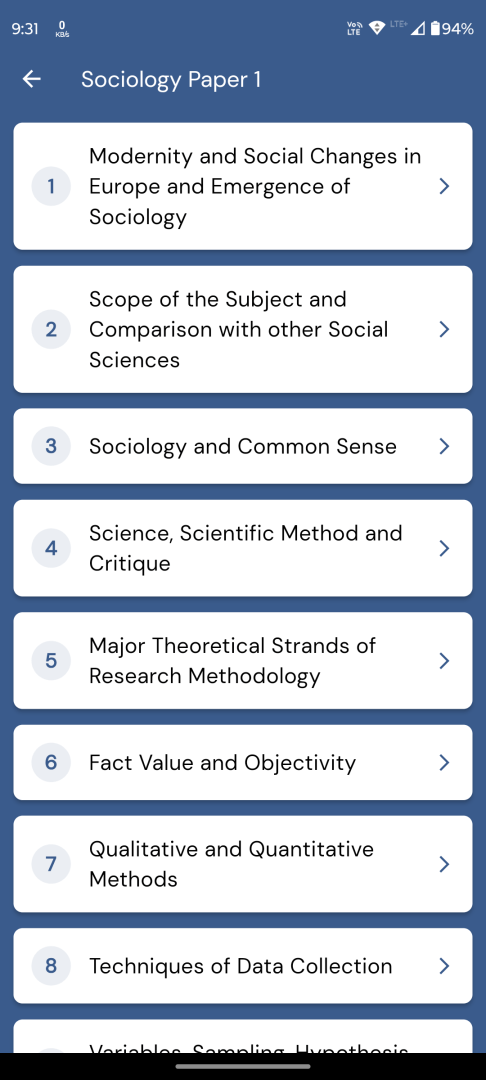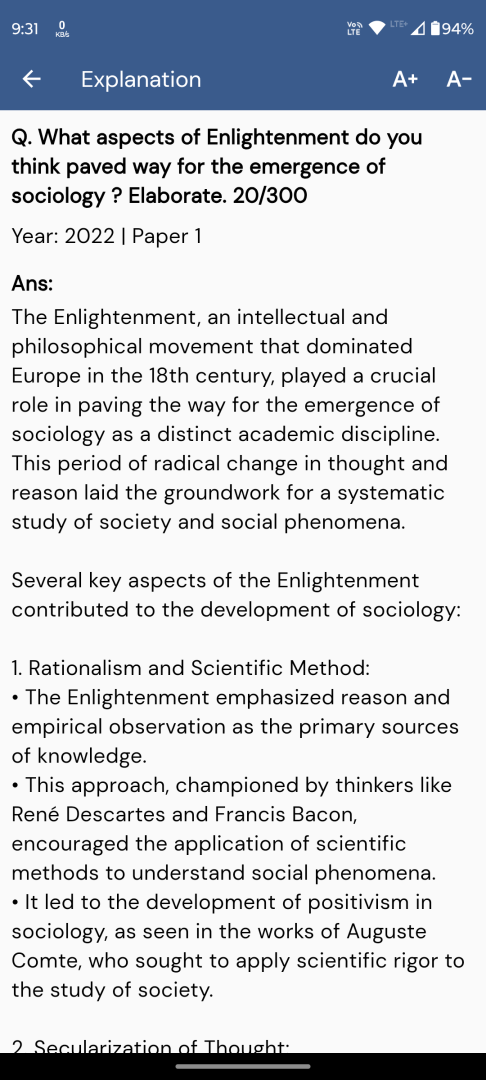Q. What is social mobility? Critically examine the classification of ‘closed’ and ‘open’ models of social stratification.
UPSC Sociology 2024 Paper 1
Model Answer:
Social Mobility
Social mobility refers to the movement of individuals or groups between different social positions within a society’s stratification system. This concept is crucial for understanding societal dynamics and opportunity distribution.
The classification of ‘closed’ and ‘open’ models of social stratification offers insights into mobility patterns:
• Closed model:
– Characterized by rigid boundaries between social classes
– Limited opportunities for upward mobility
– Typically based on ascribed statuses (e.g., birth, race)
– Examples include caste systems in traditional India or feudal societies in medieval Europe
– Max Weber argued that closed systems lead to social reproduction and status groups
– Emile Durkheim noted that such systems often rely on mechanical solidarity
• Open model:
– Features more fluid boundaries between social classes
– Greater opportunities for upward (and downward) mobility
– Often associated with achieved statuses and meritocratic ideals
– Examples include modern industrialized societies with emphasis on education and skills
– Ralph Dahrendorf argued that open systems lead to conflict and change
Critiques of this classification:
– Most societies fall somewhere between these extremes, exhibiting elements of both models
– Even ‘open’ systems may have hidden barriers to mobility (e.g., institutional racism, glass ceilings)
– Factors like social capital (Coleman) and cultural capital (Bourdieu) influence mobility beyond formal structures
– Intersectionality theory highlights how multiple factors (race, gender, class) interact to affect mobility
In conclusion, while the closed/open dichotomy provides a useful framework, a more nuanced approach is needed to fully grasp the complexities of social mobility across different societal contexts.





